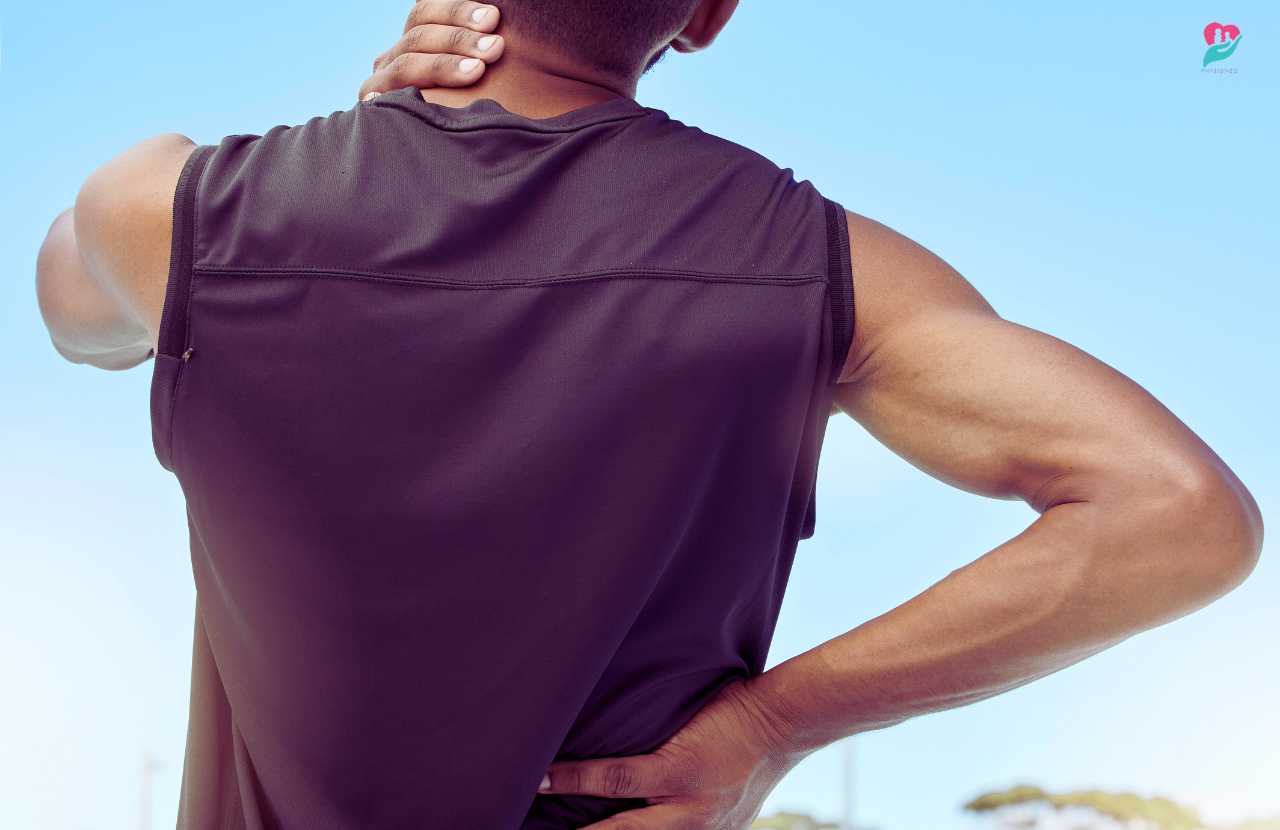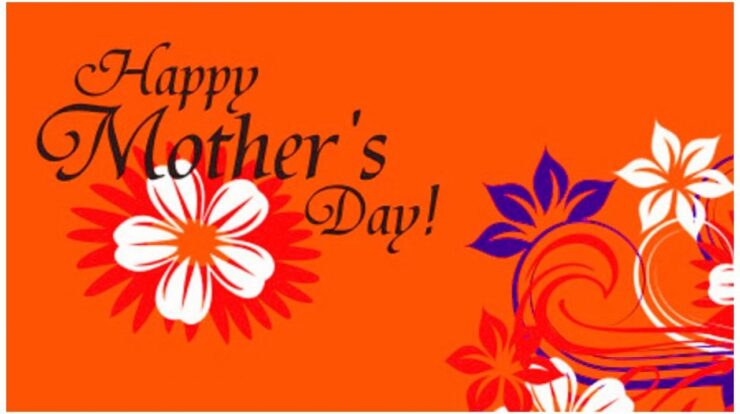
How can stiff and tight muscles result in back pain? Understanding the connection between muscle tension and back discomfort is crucial for maintaining spinal health. Stiffness and tightness in various muscle groups can contribute to a range of back pain issues, affecting mobility, flexibility, and overall well-being.
Tight muscles in the back, such as the erector spinae, multifidus, and quadratus lumborum, can cause muscle spasms, reduced mobility, and nerve compression, leading to back pain. Additionally, tight hip flexors and hamstrings can pull the pelvis out of alignment, putting strain on the lower back.
For those who want to express their gratitude in a different language, Happy Mother’s Day in German is “Frohen Muttertag”. This phrase can convey the same warmth and appreciation to mothers around the world.
Stiff and Tight Muscles: Overview
Stiff and tight muscles are common complaints that can affect people of all ages. They can result from various factors, including inactivity, poor posture, and certain medical conditions. Understanding the nature and causes of stiff and tight muscles is crucial for preventing and managing back pain effectively.
Stiff muscles refer to muscles that have lost their flexibility and range of motion, making them feel tight and restricted. Tight muscles, on the other hand, are muscles that are contracted or shortened, causing discomfort and reduced mobility. Both stiff and tight muscles can contribute to back pain, as they can affect the spine’s alignment, posture, and overall functionality.
Common Causes of Muscle Stiffness and Tightness, How can stiff and tight muscles result in back pain?
- Inactivity and sedentary lifestyle
- Poor posture, such as slouching or hunching
- Overuse or repetitive motions
- Trauma or injury
- Certain medical conditions, such as arthritis, fibromyalgia, and muscle spasms
Impact on Back Pain: How Can Stiff And Tight Muscles Result In Back Pain?
Stiff and tight muscles can significantly contribute to back pain by affecting the spine’s biomechanics and nerve function.
Tight muscles in the back can cause muscle spasms, which are involuntary contractions that can lead to severe pain and discomfort. These spasms can affect the muscles surrounding the spine, such as the erector spinae and quadratus lumborum, resulting in lower back pain.
Stiffness in the back muscles can reduce mobility and flexibility, making it difficult to perform everyday activities without experiencing pain. For example, stiff hamstrings can limit the range of motion when bending or lifting objects, leading to lower back pain.
Additionally, stiff and tight muscles can compress nerves in the spine, causing radiating pain, numbness, and tingling. This can occur when muscles in the lumbar region become tight, putting pressure on the sciatic nerve, resulting in sciatica.
As Mother’s Day approaches, many are sending well wishes to their mothers. Happy Mother’s Day to You Too is a popular phrase used to express gratitude and love. Snoopy, the beloved cartoon character, also joins in the celebration with a special Happy Mother’s Day message.
Prevention and Management

Preventing and managing stiff and tight muscles in the back involves a combination of lifestyle modifications, stretching, and exercise.
To maintain a healthy and active lifestyle, regular exercise is crucial. Exercises for Lower Back Fat can help reduce fat and improve overall well-being. Additionally, regular exercise is an effective way to prevent flexibility issues, ensuring a healthy and mobile body.
Maintaining an active lifestyle and engaging in regular exercise can help keep muscles flexible and prevent stiffness. Activities such as walking, swimming, and yoga promote overall muscle health and reduce the risk of tightness and stiffness.
Stretching is an effective way to improve muscle flexibility and reduce stiffness. Regular stretching exercises, particularly for the back muscles, can help maintain a healthy range of motion and prevent pain.
Proper posture is essential for preventing stiff and tight muscles in the back. Avoiding slouching or hunching and maintaining a neutral spine position while sitting, standing, or walking can help reduce strain on the back muscles and prevent stiffness.
Treatment Options
| Treatment Option | Techniques | Benefits | Potential Side Effects |
|---|---|---|---|
| Physical Therapy | Stretching, massage, exercises | Improves flexibility, reduces pain, strengthens muscles | Temporary discomfort, muscle soreness |
| Massage Therapy | Manual manipulation of muscles | Relaxes tight muscles, improves circulation, reduces pain | Bruising, skin irritation |
| Chiropractic Care | Spinal adjustments, manipulations | Corrects misalignments, reduces nerve compression, improves mobility | Temporary discomfort, headaches |
| Pain Relievers and Anti-Inflammatory Medications | Over-the-counter or prescription medications | Reduces pain, inflammation | Stomach upset, nausea, allergic reactions |
Closing Summary

Managing stiff and tight muscles involves a combination of preventive measures, such as stretching, exercise, and posture correction, along with treatment options like physical therapy, massage therapy, and chiropractic care. Addressing muscle stiffness and tightness proactively can not only alleviate back pain but also improve overall musculoskeletal health.
Answers to Common Questions
Can stiff muscles in the neck cause back pain?
Yes, tight muscles in the neck can strain the upper back muscles, leading to pain and discomfort.
How can I prevent tight muscles in my back?
Regular stretching, maintaining good posture, and engaging in moderate exercise can help prevent muscle stiffness and tightness.
In honor of Mother’s Day, we wish all the mothers out there a very happy Mother’s Day . Whether you’re a first-time mom or a seasoned veteran, we appreciate all that you do. In addition to celebrating our moms, it’s important to take care of our bodies.
If you’re looking to tone up your lower back, try these exercises for lower back fat . Regular exercise is also a great way to prevent flexibility issues. Find out why regular exercise is the best way to prevent flexibility issues . Finally, don’t forget to send your mom a heartfelt message in her native tongue.
Here’s how to say happy Mother’s Day in German .
What are the benefits of massage therapy for stiff back muscles?
Massage therapy can release muscle tension, improve circulation, and reduce pain caused by stiff back muscles.





